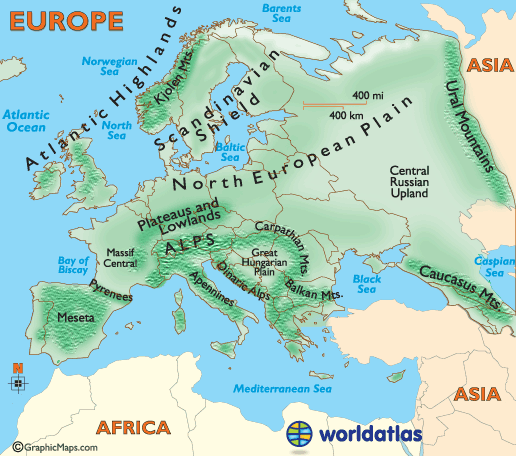These MCQs are based on Today’s Targets given here
Q.1) Consider the following statements:
1. 92nd Amendment of the Indian Constitution provided for a limit on the number of ministers in the state cabinet.
2. The total number of ministers including the Chief Minister, has to be within 15 per cent of the total number of members of the legislative assembly of the state
Select the correct answer using the code given below:
a) 1 only
b) 2 only
c) Both 1 and 2
d) Neither 1 nor 2
Ans. B
Explanation:
It was done by 91st Amendment.
Read More: http://www.ias4sure.com/wikiias/prelims/parliamentary-secretaries/
Q.2) Consider the following statements about IRNSS (NAVIC):
1. IRNSS is an independent regional navigation satellite system designed to provide position information in the Indian region only.
2. When fully developed, IRNSS will have 24 satellites in space.
Select the correct answer using the code given below:
a) 1 only
b) 2 only
c) Both 1 and 2
d) Neither 1 nor 2
Ans. D
Explanation:
IRNSS is an independent regional navigation satellite system designed to provide position information in the Indian region and 1500 km around the Indian mainland. Simply put, the Indian Regional Navigation Satellite System (IRNSS) is similar to the GPS (global positioning system) of the US, Glonass of Russia and Galileo of Europe as well as China’s Beidou. It consists of a constellation of seven satellites.
Features:
- It is a constellation of total 7 satellite launched in space and a ground facility on land to receive signals from space satellites. 3 of its satellite Located in Geostationary orbit and 4 are inclined to geosynchronous orbit.
- However full NAVIC system has 9 satellite, 2 on ground in standby mode.
- It covers whole India and region surrounding it up to 1500 km.
- It provide accuracy up to 20m as claimed by ISRO.
- Its apogee(farthest point) is 20,657km and Perigee is 284 km
- The satellite weighs average 1330 kg approx. and each have solar panels to generate 1400wt.
- A master control facility is set up on land to receive signals from these satellites.
Read More: http://www.ias4sure.com/wikiias/prelims/irnss-navic/
Q.3) Which of the following mountains form boundary between Europe and Asia
a) Pyrenees mountains
b) Apennines mountains
c) Ural mountains
d) Caucasus mountains
Ans. C
Explanation:

Q.4) “There are many subdivisions of Nagara temples depending on the shape of the Shikhara.” Which of the following is/are the sub-divisions of Nagara temples:
1. The Rekha-prasada type
2. The Vimana type
3. The Phamsanatype
4. TheValabhi type
Select the correct answer using the code given below:
a) 1, 3 and 4 only
b) 1, 2 and 4 only
c) 1 and 3 only
d) All of the above
Ans. A
Explanation: There are many subdivisions of nagara temples depending on the shape of the shikhara. There are different names for the various parts of the temple in different parts of India; however, the most common name for the simple shikhara which is square at the base and whose walls curve or slope inward to a point on top is called the ‘latina’ or the rekha-prasada type of shikara.
The second major type of architectural form in the nagara order is the phamsana.
The third main sub-type of the nagara building is what is generally called the valabhi type.
The vimana type temple is a feature of Dravidaarchitecture.
Source: NCERT: XII class, Introduction to Indian Art, Chapter 6, Page 71.
Q.5) Which of the following statements is/are correct regarding Badami caves:
a) The Chalukya king patronised the excavation of the Badami caves.
b) These caves don’t have any religious architecture.
c) These are an extension of mural painting from Ajanta.
Select the correct answer using the code given below :
a) 1 and 2 only
b) 1 and 3 only
c) 2 and 3 only
d) All of the above.
Ans. B
Explanation: The Chalukya king, Mangalesha, patronised the excavation of the Badami caves.
It includes one cave with the dedication of the image of Vishnu.Therefore, the cave is popularly known as the Vishnu Cave.
The painting represents anextension of the tradition of mural painting from Ajanta to Badami in South India.
Source: NCERT: XII class, Introduction to Indian Art, Chapter 5, Page 62.